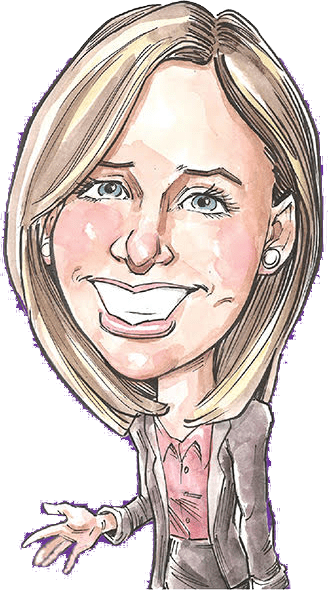It is very natural as a parent to be concerned about your child’s speech development, especially since children often experience various speech abnormalities as a course of learning language. How do you know if your child is developing normally? Is it typical for a child to be experiencing a certain speech “errors” beyond a certain age?
It’s good to know what to expect in your child’s speech at different ages, both to calm your own concerns and so that, if your child is experiencing a speech acquisition abnormality, you would be able to seek professional help in a timely manner. Below are some of the speech “milestones” you can look for in your child’s speech.
0-1 Years
- Recognizes own name
- Says 2-3 words with meaning besides “mama” and “dada”
- Imitates familiar words
- Can understand simple instructions
- Recognizes words as symbol for objects (hears car and can point to garage)
1-2 Years
- Understands “no”
- Uses 5-20 words, including names
- Combines two words, such as “daddy bye-bye”
- Able to use two or more prepositions such as “in” or “on”
- Can make short sentences, mostly noun-verb combinations
- Gives a specific toy when asked to
- Uses words such as “more” to make wants known
- Approximately 2/3 of speech is intelligible
- Responds to commands such as “show me your toes.”
- Has begun using “my” and “mine”
2-3 Years
- Identifies body parts
- Carries on a “conversation” with self and dolls/toys
- Asks “what’s that?” and “where’s my…?”
- Uses two- word negative phrases such as “no want”
- Forms some plurals by adding “s”
- Has a 450 word vocabulary
- Gives first name, holds up fingers to tell age
- Verbs are used with increasing frequency
- Understands simple time concepts such as “last night”
- Able to appropriately respond to questions such as “what must you do when you get thirsty?”
- Names objects that are common
- Much repetition of phrases, syllables, and words
- Uses short sentences like “me want more”
- Solves problems by talking instead of hitting or crying
3-4 Years
- Can tell a story
- Has a sentence length of 4-5 words
- Has a vocabulary of nearly 1000 words
- Names at least one color
- Begins to obey complex requests like “put the block under the chair”
4-5 Years
- Uses many descriptive words, both adjectives and adverbs
- Has sentence length of 4-5 words
- Speech is completely intelligible
- Able to give a definition for common objects
- Simple conception of time such as morning, afternoon and later
- Uses past tense correctly
- Can speak of imaginary conditions such as “I hope”
- Asks many questions such as “who?” and “why?”
5-6 Years
- Can make sentences with a length of 5-6 words
- Defines objects by their use (you eat with a fork)
- Knows simple spatial relations like “on top” or “behind”
- Understands common opposites like big/little
- Uses all types of sentences, like “let’s go to the store after we eat”
- Should be able to tell a fairly long story when shown a picture and asked about it
After reading through these, it’s good to remember that all children are different and that these are just rough guidelines. Development has a fairly flexible time range of normalcy. However, if it does seem that your child has missed some or many of these milestones contacting a speech-language pathologist for a language evaluation is definitely a good course of action.
Sources for this list were obtained from the Child Development Institute and LD Online.


